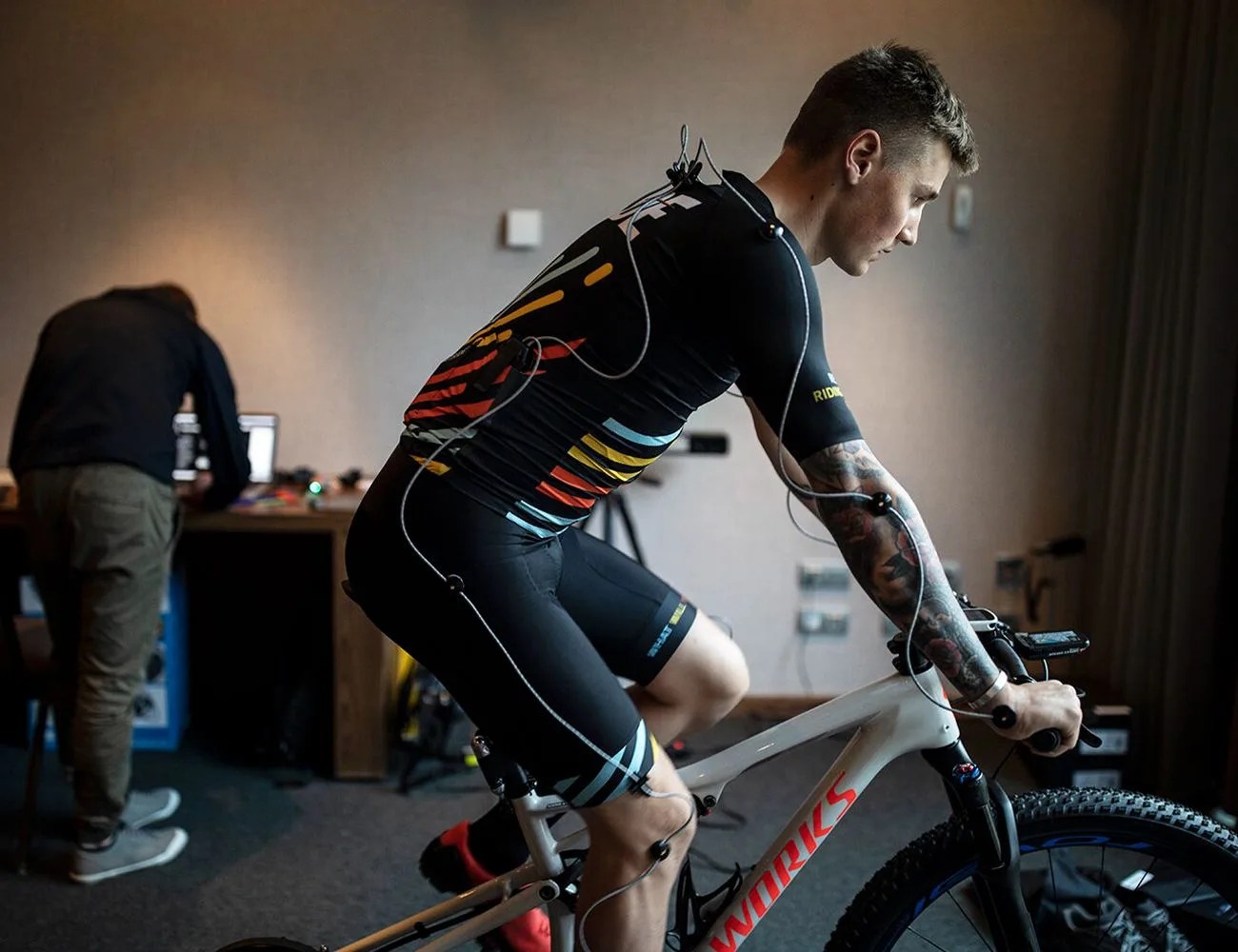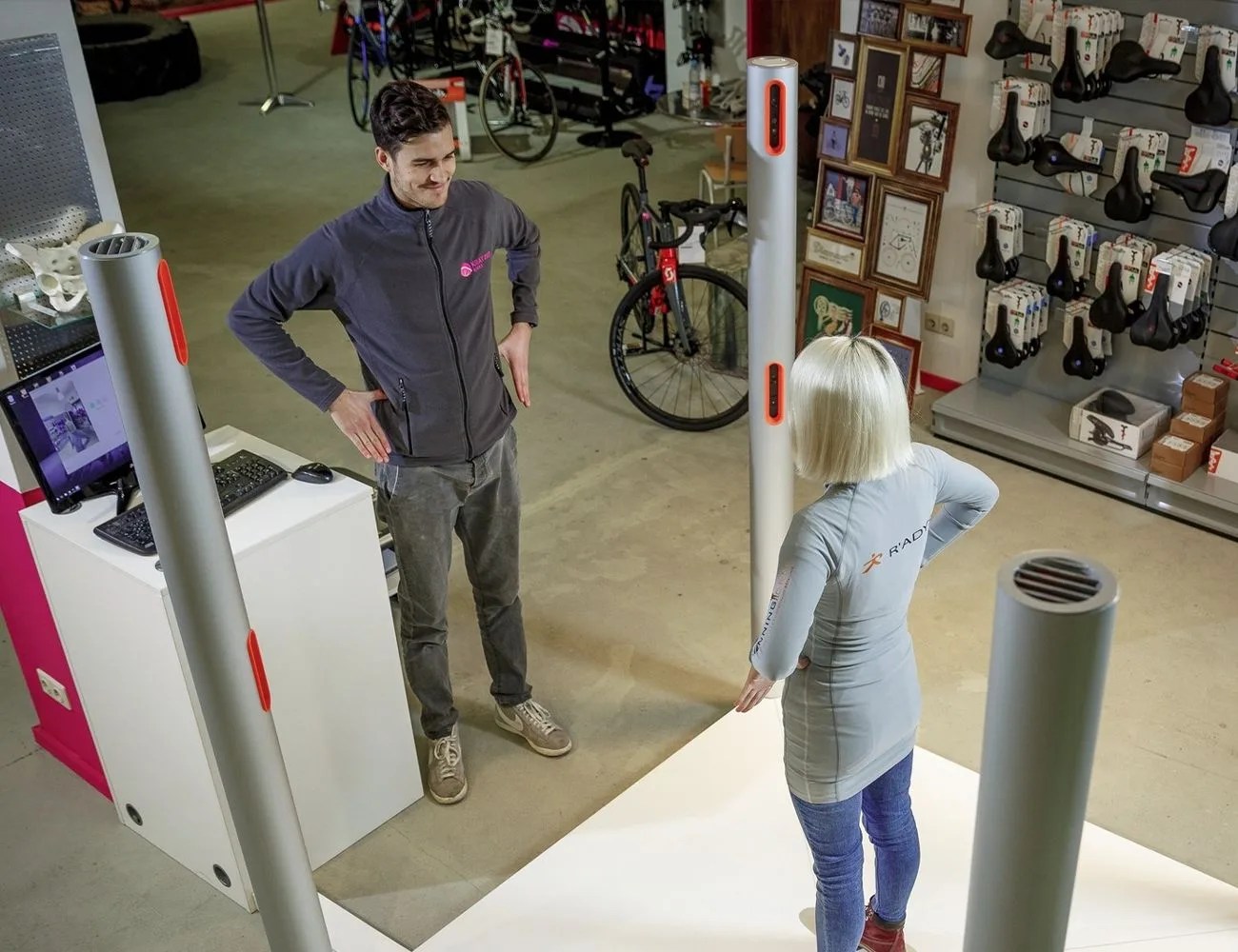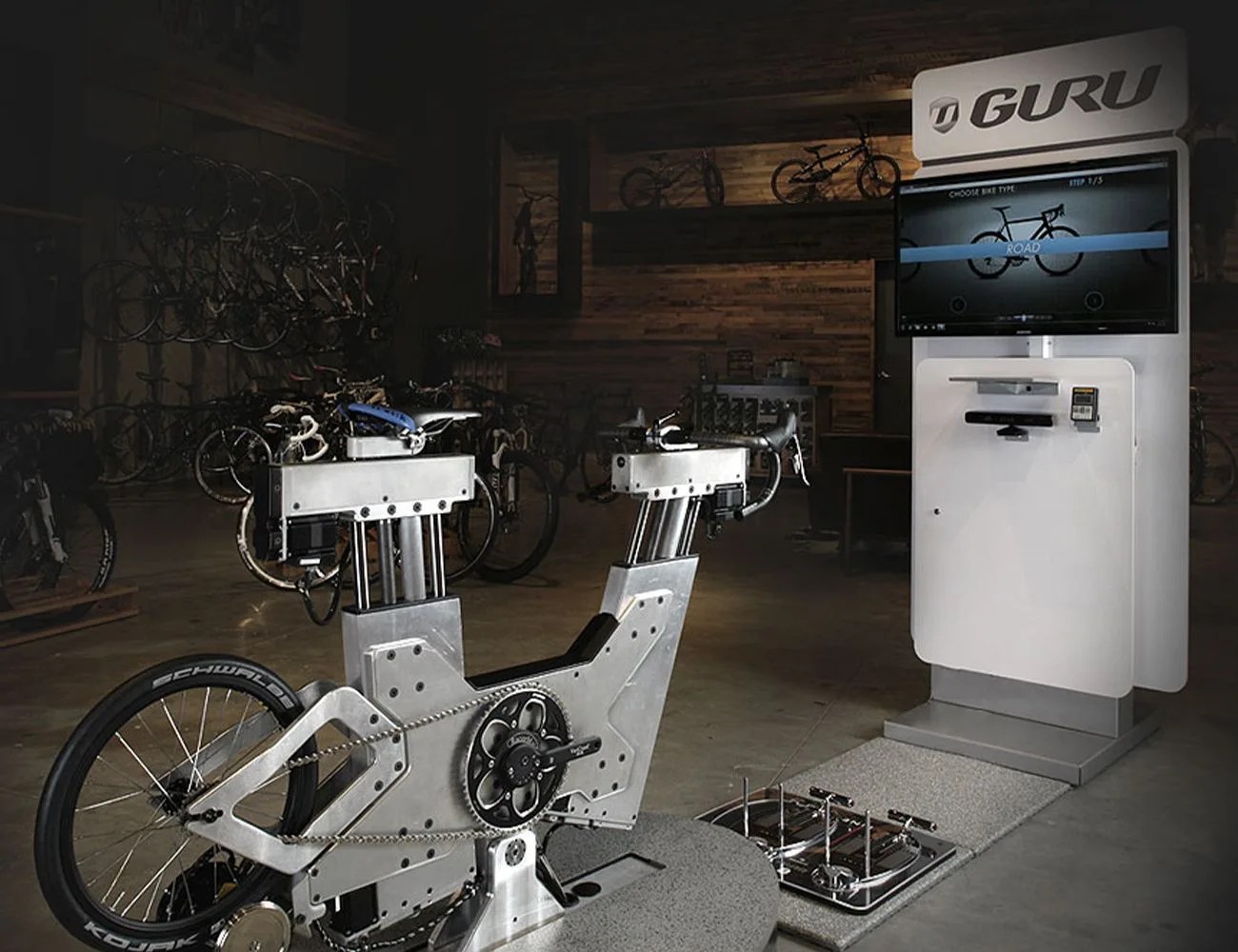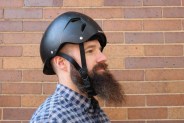If you’ve ever spent time in a local bike shop, you’ve heard the salesmen, repair techs and riders talk about getting the perfect “fit”; talk to a cycling or triathlon coach and they can wax all day and night about optimal hip and knee angles. But what does that mean for you? What exactly is a bike fit? As a weekend warrior or casual rider the main concerns should be comfort, injury prevention and efficiency. Getting those extra 5 watts from a more aggressive posture, well, let’s save that for later.
It turns out a few sessions with a good fitter can accomplish quite a bit more than just turning you into a speed demon. Many of today’s fit systems are built primarily around rider comfort, and for good reason. Most people fall within a very narrow range of body types, so when when it comes to fitting, tweaking just a few crucial components means the difference between a comfortable day in the saddle and walking around like a hunchback. Seatpost height, cockpit length, stem length and height are some of the basic measurements. Changing each of these affects the angles of your joints, and in turn affect how your body interacts with the bike.
Those coaches who had you worried about exactly where your knee extends for a perfect pedal stroke? They’re on to something. Your body type may not fit the so-called “perfect” fit for every biomechanical angle (don’t worry, even the pros don’t often fit, and some of them don’t even come within a close range of accepted norms), but with a relatively painless analysis of your riding style, you can prevent injury, find a comfort zone for long rides, and even develop more power for those nasty climbs on your Saturday group ride. We’ve broken down five of the most popular fit systems and algorithms you might run across in your search for the perfect bike.
The Lemond Measurement
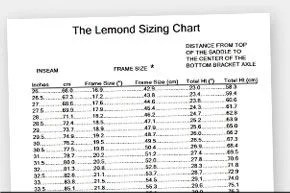
The most basic fitting measurement, popularized by Tour de France winner Greg Lemond, is the “Lemond measurement”. It’s a simple calculation based on your true inseam. To find it, stand barefoot against a wall with a book snug between your legs like a bike saddle would be. Mark the height of the book and measure it. Your Lemond measurement is your inseam (in cm) multiplied by .883. The result is the ideal distance between the saddle and the center of the bottom bracket (and hence the ideal riding position), measuring along the seat tube. Many shops use this measurement, and the accompanying data from Greg Lemond’s Complete Book of Bicycling as an excellent starting point toward getting the right fit. While most of the modern fit systems don’t rely solely on Lemond measurements anymore, it provides a good basis for sizing when you find yourself itching to go bike shopping.
The 4 Best Bike Fitting Systems
F.I.S.T.
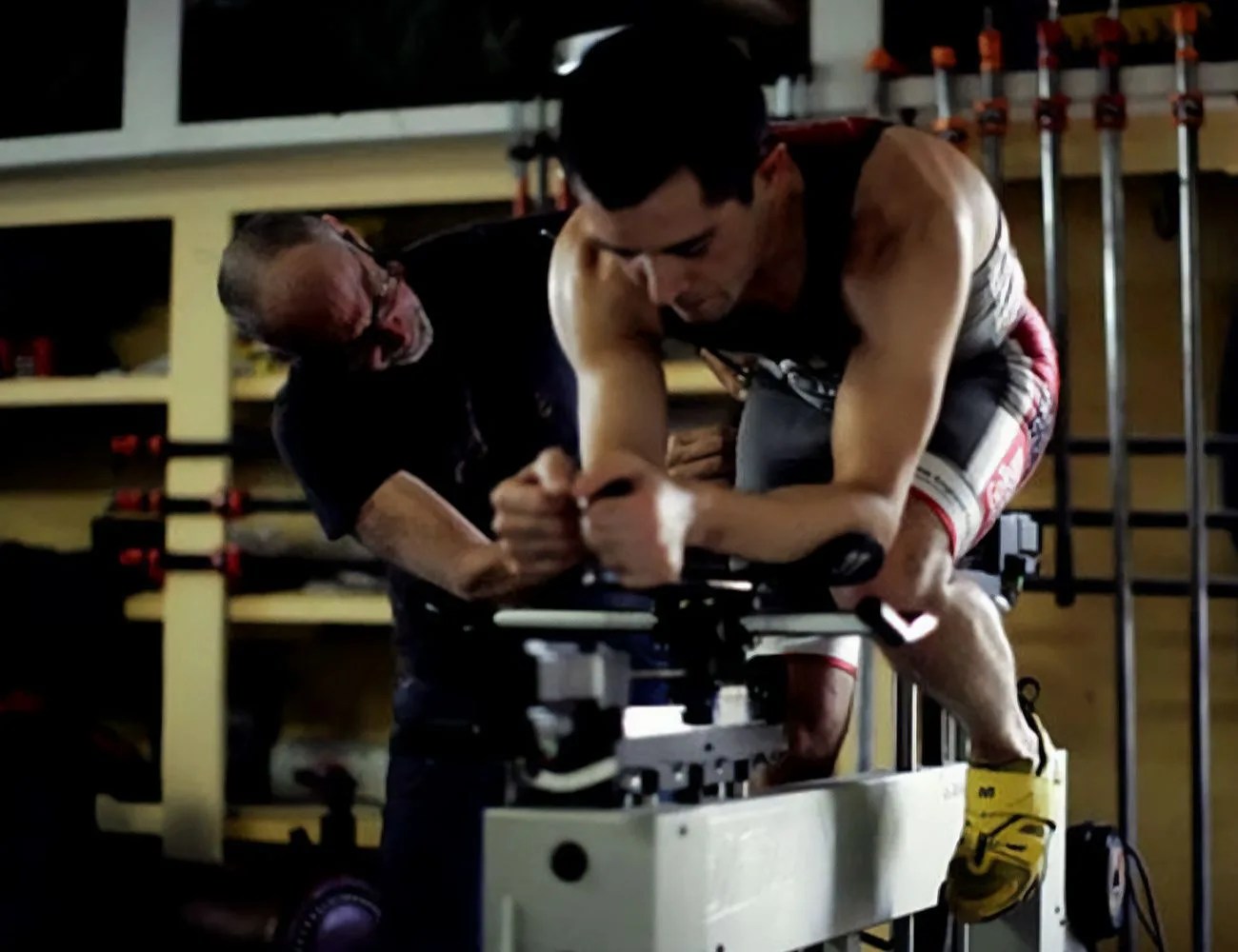 Fist
FistBest Cycle Fitting Program For Triathletes
F.I.S.T. Bike Fit Workshop
The Fit Institute, Slowtwitch (F.I.S.T.) has put together not only an exhaustive list of bike measurements, but also the optimized angles that a rider must have for the best performance. If you’re interested in the credentials behind their methods, just check out the CV of Slowtwitch’s founder, Dan Empfield. After competing in the very first Ironman held on Hawaii’s Big Island in 1981 (prior to that the race was held on Waikiki Beach on Oahu) Empfield went on to design the first triathlon wetsuits and some of the most successful aerodynamic bikes ever when he founded Quintana Roo. His design hallmarks — namely, building a bike around the needs of performance athletes — are the foundation of every triathlon and time trial bike on the market today.
Using an adjustable eXit Fit Bike, a certified F.I.S.T. fitter will move your saddle position, the length of the cockpit, and even the drop of your handlebars to measure your comfort level against established norms for different angles of your knees, hips, shoulders, and elbows. You may be near the ideal on one but more comfortable deviating somewhat in other biomechanical measurements — and that’s perfectly fine. The end of result of a F.I.S.T. fit will be a chart with your personalized ideals. From there it’s a simple search to find a bike that has geometry that most closely matches your body.



